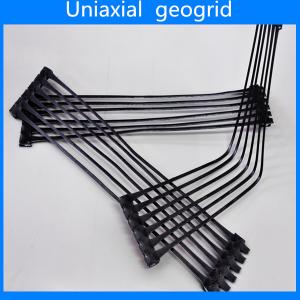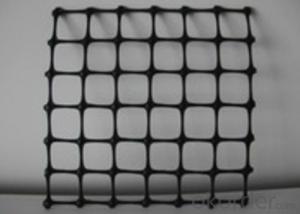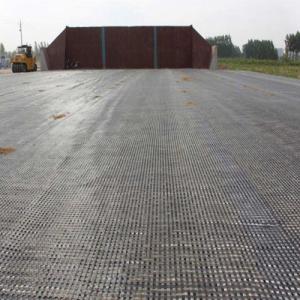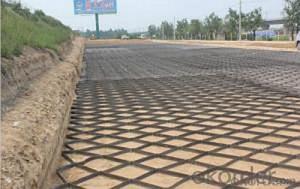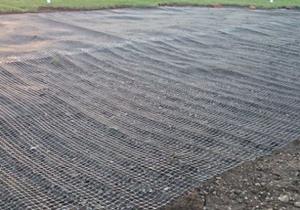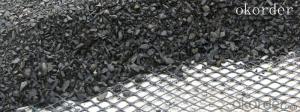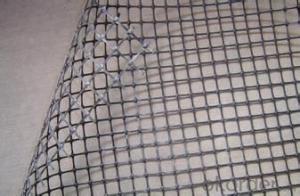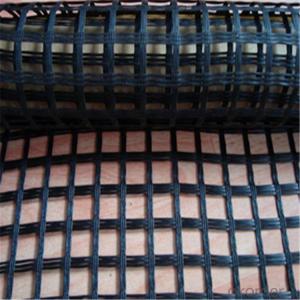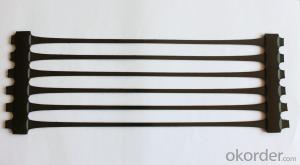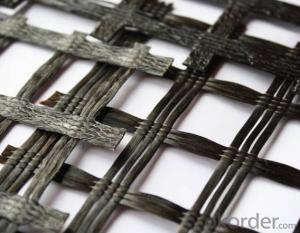Tx 140 Geogrid
Tx 140 Geogrid Related Searches
Geogrid Tx140 Tx 130 Geogrid Tensar Triax Tx 140 Geogrid Tensar Tx140 Geogrid Tensar Geogrid Tx140 Tx150 Geogrid Tx170 Geogrid Tensar Tx 130 Geogrid Geogrid Tx150 Tensar Triax Tx140 Geogrid Geogrid Tx160 Tx160 Triaxial Geogrid Tx-5 Geogrid Tensar Tx160 Geogrid Tx190l Geogrid Tx7 Geogrid Triax Tx160 Geogrid Tx160 Geogrid Price Triax Tx Geogrid Triax Geogrid Tx160 Tensar Triax Tx130s Geogrid Tensar Triax Tx160 Geogrid Tensar Tx-5 Geogrid Tensar Triax Geogrid Tx160 Tensar Triax Tx170 Geogrid Tensar Tx5 Geogrid Tensar Tx160 Geogrid Price Tensar Tx7 Geogrid Geogrid 40 40 Geogrid TblTx 140 Geogrid Supplier & Manufacturer from China
Tx 140 Geogrid is a high-performance geosynthetic product designed for use in civil engineering and construction projects. It is engineered to provide reinforcement, stabilization, and separation in various soil applications, enhancing the overall performance and durability of the structure. Tx 140 Geogrid is widely recognized for its ability to improve load distribution, reduce settlement, and increase the bearing capacity of the soil, making it an essential component in various construction projects such as roads, bridges, and retaining walls.The application and usage scenarios of Tx 140 Geogrid are vast, as it can be utilized in a multitude of civil engineering projects. It is commonly used in road construction to reinforce the subgrade and base layers, thereby reducing the need for additional materials and improving the road's overall performance. In addition, Tx 140 Geogrid is employed in slope stabilization projects to prevent soil erosion and maintain the structural integrity of the slope. It is also used in the construction of retaining walls, where it helps to reinforce the soil behind the wall and distribute the loads evenly. Furthermore, Tx 140 Geogrid is employed in landfill projects to manage waste containment and prevent the migration of pollutants.
Okorder.com is a reputable wholesale supplier of Tx 140 Geogrid, boasting a large inventory to cater to the varying needs of clients across different industries. With a commitment to quality and customer satisfaction, Okorder.com ensures that the Tx 140 Geogrid supplied meets the highest industry standards and is available at competitive prices. By partnering with Okorder.com, customers can benefit from a reliable source of Tx 140 Geogrid, ensuring the success of their construction projects and the long-term stability of the structures they build.
Hot Products


